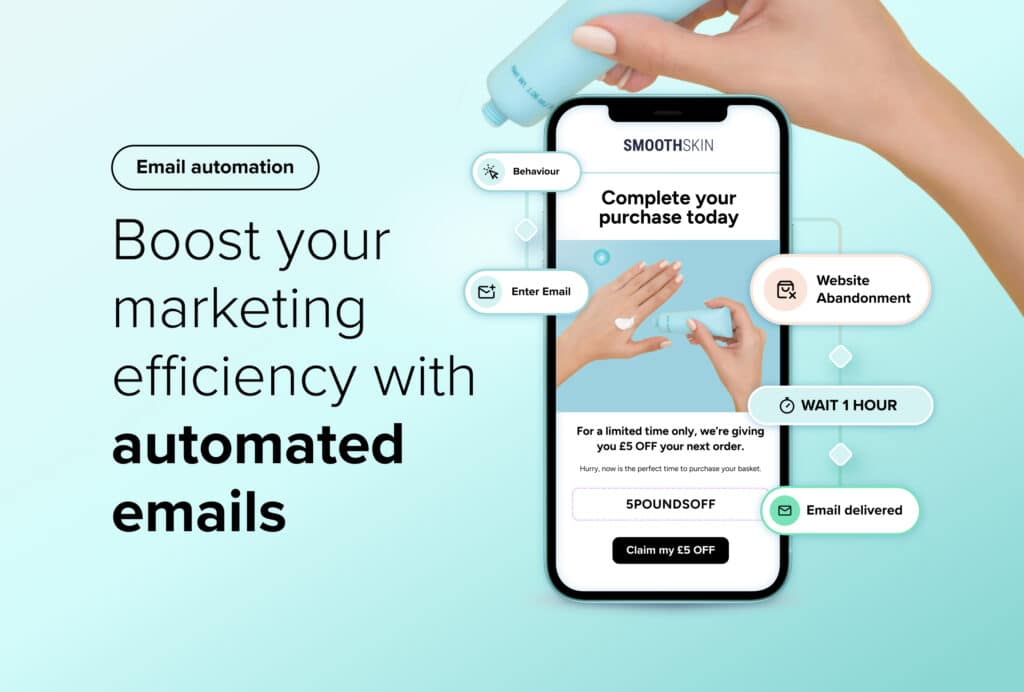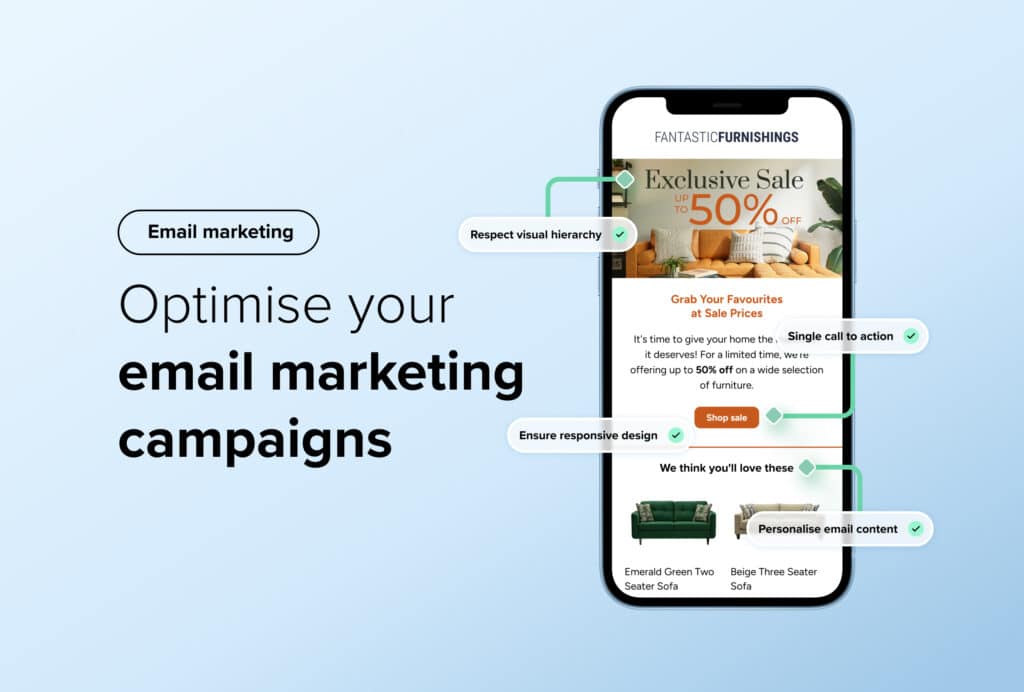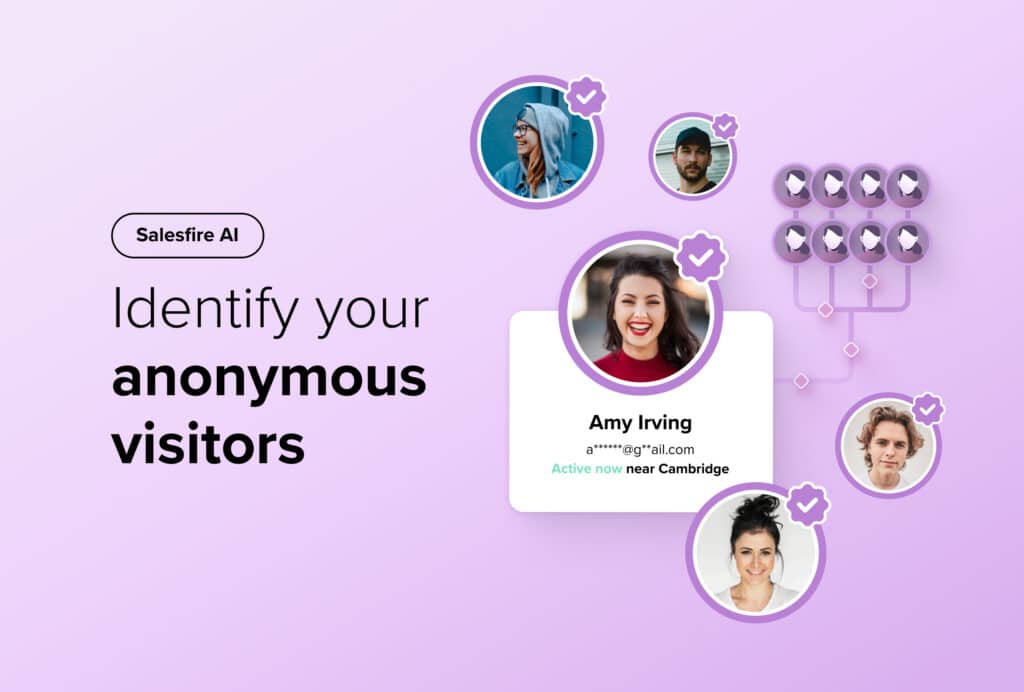6 Ways to Use Automation to Create an Intelligent Customer Experience
By Courtney O'Riordan • Last updated: Tuesday Feb 25th, 2025
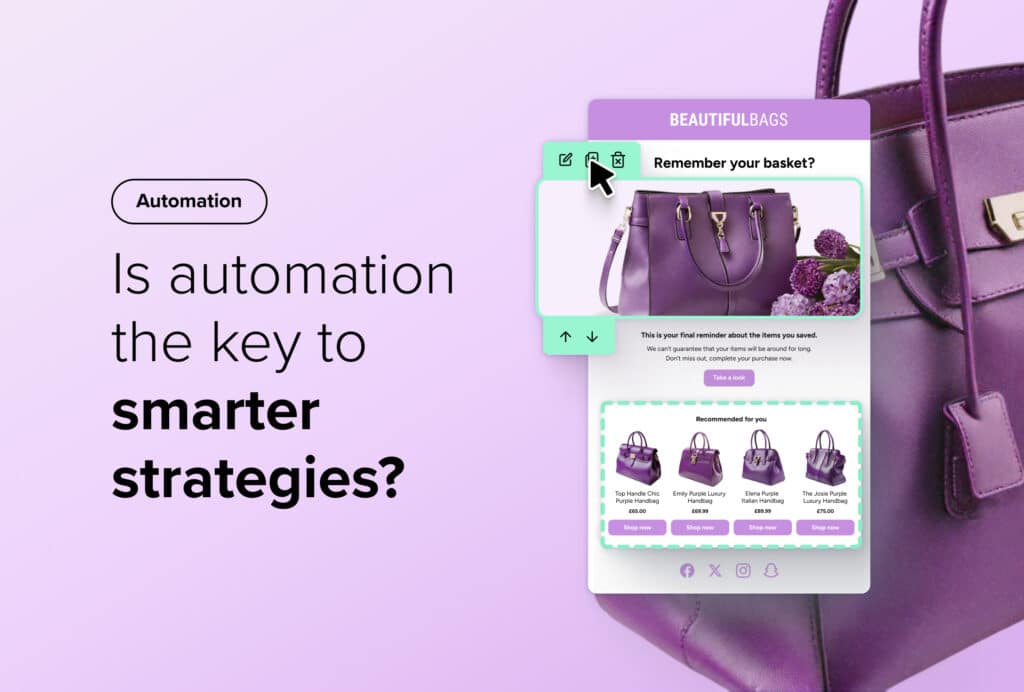
Monotonous, time-consuming and tedious are just a few words that describe the more repetitive marketing tasks.
Luckily these tasks are no longer pain points for the modern marketer thanks to the development of marketing automation.
Automating manual tasks makes them simpler and faster whilst creating a better user experience for those interacting with your business online.
Below we’ll discuss how implementing automated marketing makes for a smarter customer journey.
Why should you implement automation strategies?
Automation can enhance your marketing efforts in many ways, beyond the benefits already mentioned.
Think of adopting automation strategies as hiring a new member for your team.
A member who is ready and willing to work on repetitive tasks, reduce human error, increase average order values and positively impact your customers.
Once automation is added where needed, you can seamlessly guide customers down the sales funnel whilst increasing their lifetime value.
Related: Customer Experience Optimisation Tips to Boost Loyalty
How to create a smarter customer experience
As the intelligence of technology continues to grow and become accessible, so do your capabilities to provide customers with an intuitive experience with your brand.
Here’s how you can begin to build a smarter customer experience through marketing automation.
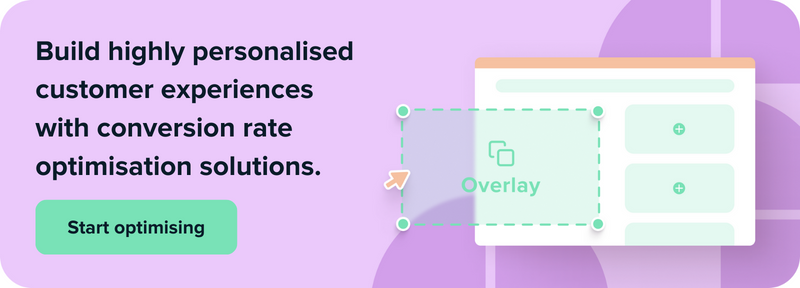
1. Set up reactionary email sequences
Your work doesn’t end once a visitor lands on your site. In fact, it has only just begun.
As 71% of consumers expect personalised marketing it has become essential that eCommerce businesses are reactionary to individual user behaviours.
This is where automated email sequences come in.
You can set up a series of targeted emails that trigger based on a user’s on-site behaviour to benefit your business and enhance your user experience.
If a customer hasn’t returned to your site in a while, encourage them to with incentivised win-back emails.
A visitor is part of the 70% of shoppers who abandon their cart? Remind them of what they could have had to recover revenue.
Or you can take the opportunity to cross-sell similar products or provide Recommendations based on a customer’s purchase to convert them into loyal customers.
All of these scenarios and more can be incorporated into automated email sequences.
Once automated, you can consistently provide your customers with an engaging, intelligent experience without adding to your marketing team’s workload.
2. Create an intuitive product discovery experience
Ensuring your eCommerce site is personalised for each individual visitor should be one of your main goals when creating an automated marketing strategy.
After all, modern consumers will not accept anything less than an intuitive product discovery experience.
Deliver exactly that with genuine product Recommendations based on their behaviour on your site.
Connecting them with relevant products will ensure they remain engaged which aids in pushing them through the sales funnel faster.
It can’t be overstated the effect this can have on consumer confidence.
Efficiently meeting your customer’s needs with intelligent AI-powered recommendations reinforces that your site delivers on expectations and is worth returning to.
3. Respond to your customers onsite
As soon as a visitor indicates they may be leaving your site, they are providing you with information that your site can automatically act upon.
Provide an incentive for your customer to stay with adaptive Overlays.
Whether that be a discount or simply presenting key information that could accelerate them through the purchasing process.
However you decide to implement exit-intent overlays on your site, you can reduce bounce rates and leave your customer with an experience that has been customised to them.
Not only can this strategy improve sales but it can save your eCommerce team valuable time when it comes to their retention strategy.
4. Grow your subscriber base
Provide your eCommerce team with a steady stream of subscribers whilst showing new and returning customers you want to continue your relationship with them.
Automating your data capture process can make the process much faster.
Using technology that constantly tracks and reacts to onsite behaviour will ensure your visitors are receiving relevant messages to encourage them to share their email addresses.
Once you’ve begun to build an ever-growing list of high-quality leads, you can begin to deploy your automated email sequences.
5. Influence the customer journey with key information
Communicating relevant information at critical points in the customer journey can keep your customer onsite and push them closer to making that all-important purchase.
On-site messages featuring free delivery, return policies or countdowns can be triggered based on which web page a customer is on.
Engaging visitors with dynamic content is a simple way of reducing bounce rates and increasing conversions.
6. Provide an automated checkout
When it comes to giving consumers what they want, convenience is key.
So much so that 26% of shoppers will abandon checkout if the process is complex.
The longer it takes to checkout, the more likely it is that your shopper will decide that making a purchase is not worth the hassle.
Reduce this possibility by auto-filling details, such as name and address, to provide them with the convenience they need and to move them through the sales funnel faster.
Providing an intuitive experience, even at checkout, reaffirms that your site is incorporating tech for the benefit of the customer journey.
Conclusions
Automated marketing is a win-win for both eCommerce teams and customers.
When implemented successfully you can increase conversion rates and retain customers whilst reducing the workload for your eCommerce team.
See how Salesfire can help you optimise your product discovery experience, email one of our experts at enquiries@salesfire.com or book a free demo of our personalisation tools.

